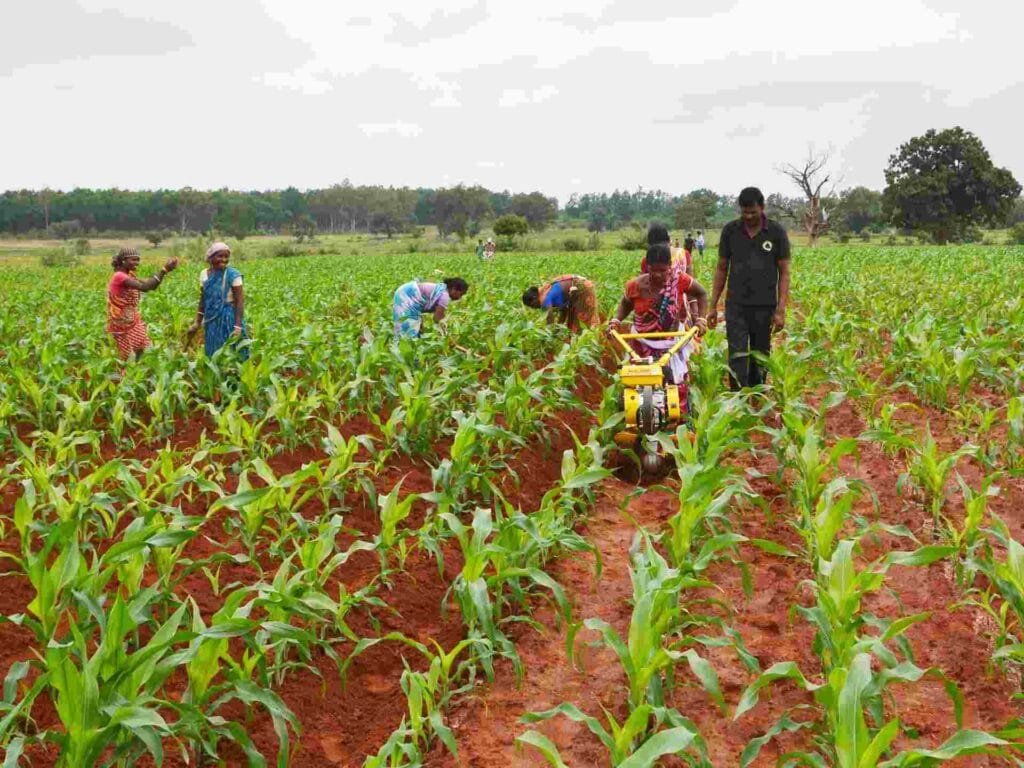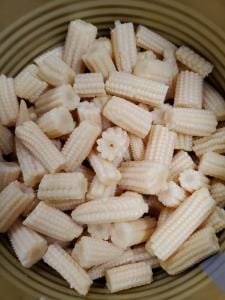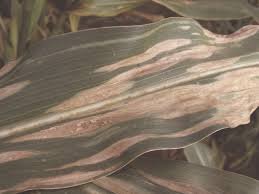Introduction to Maize Cultivation

Maize (Zea mays), commonly known as corn, is a staple food crop grown across the world for its versatility in food, fodder, and industrial use. It belongs to the grass family Poaceae and is considered one of the most productive cereal crops due to its high yield potential and adaptability. Maize is used as food for humans, feed for animals, and raw material in various industries like starch, oil, and biofuel production.
Summary of Maize Cultivation
- Maize is a globally significant crop known for its adaptability and high yield potential, essential for food, feed, and industrial use.
- Successful maize cultivation involves careful land preparation, timely sowing, balanced fertilization, pest control, and modern technology integration.
- With rising global demand, adopting sustainable and climate-resilient practices is key to ensuring long-term profitability and food security through maize farming.
Table of Contents
Agro-Climatic Requirements
Climate
Maize thrives in warm weather and requires a frost-free period of 90 to 120 days. It grows best in temperatures between 18°C and 27°C. Although maize is sensitive to frost, it can tolerate moderate drought.
Soil
Well-drained, fertile loamy soils rich in organic matter are ideal for maize cultivation. The optimal pH range is between 5.8 and 7.5. Heavy clay soils or waterlogged conditions hamper root development and reduce yield.
Varieties of Maize
Field Corn
Used for animal feed and industrial purposes, this type is not typically consumed directly by humans.
Sweet Corn
Popular for human consumption due to its high sugar content, sweet corn is harvested when the kernels are tender and milky.
Popcorn
This variety has hard kernels that pop when heated, commonly consumed as a snack.
Baby Corn

Harvested early while the ears are still immature, baby corn is widely used in culinary dishes and salads.
Land Preparation
The land should be plowed thoroughly to make the soil friable. Two to three ploughings followed by leveling and removal of weeds prepare the field for sowing. Addition of well-rotted farmyard manure (FYM) or compost enhances soil fertility.
Sowing and Seed Rate
Time of Sowing
In India, maize is grown in Kharif (June-July), Rabi (October-November), and Spring (January-February) seasons depending on the region.
Seed Rate
A seed rate of 20–25 kg per hectare is generally sufficient for normal maize. For hybrid varieties, 18–20 kg per hectare is used.
Method of Sowing
Maize is sown in rows using a seed drill or manually. Line sowing at 60 cm between rows and 20 cm between plants is recommended.
Seed Treatment
Seeds should be treated with fungicides like Captan or Thiram at 2 g/kg of seed to prevent soil-borne diseases. Biofertilizers like Azospirillum or Phosphobacteria can be used to enhance nutrient availability.
Nutrient Management
Maize is a heavy feeder and responds well to fertilization.
- Nitrogen (N): 120–150 kg/ha
- Phosphorus (P2O5): 60–80 kg/ha
- Potassium (K2O): 40–60 kg/ha
Fertilizers should be applied in split doses: basal application at sowing and top dressing at knee-high and tasseling stages. Micronutrients like zinc and sulfur may be added if deficient.
Irrigation Management
Maize requires frequent irrigation, especially at critical growth stages: germination, knee-high, tasseling, silking, and grain filling. Water stress during these stages significantly reduces yield. Depending on the soil type and climate, 5 to 8 irrigations are usually sufficient.
Weed Management
Weeds compete for nutrients, moisture, and light, reducing maize yields. Timely weeding using hand tools or chemical weed control is essential. Pre-emergence herbicides like Atrazine at 1.0 kg/ha or post-emergence weedicides like 2,4-D are effective.
Intercultural Operations
Inter-row cultivation helps in soil aeration, weed removal, and better root development. Earthing up the plants during the knee-high stage improves plant stability and nutrient uptake.
Crop Protection
Insect Pests
- Stem Borers: Bore into stems and damage central shoots; managed by releasing Trichogramma parasites and applying insecticides like Carbofuran.
- Armyworms and Cutworms: Cause severe foliage damage; controlled using pesticides like Chlorpyrifos.
Diseases

- Turcicum Leaf Blight: Caused by Exserohilum turcicum; appears as oval lesions on leaves. Controlled with fungicides like Mancozeb.
- Downy Mildew: Causes chlorotic streaks on leaves. Managed through resistant varieties and metalaxyl-based fungicides.
Harvesting and Post-Harvest Management
Maize is ready for harvest when the husks turn brown and kernels become hard and dry. Timely harvesting prevents grain shattering and quality loss. Ears are manually or mechanically harvested and sun-dried before shelling.
After shelling, grains are further dried to reduce moisture content to below 13% for safe storage. Proper storage in moisture-proof containers or granaries helps prevent insect infestation.
Yield
Average yields range from 3 to 5 tons/ha for traditional varieties and 6 to 10 tons/ha for hybrids. Yield depends on variety, soil fertility, irrigation, and pest management practices.
Economic Importance of Maize
Maize is not only a food crop but also serves as a source of raw material for industries producing starch, ethanol, corn syrup, and animal feed. Its high yield potential and diverse applications make it a valuable cash crop for farmers. The cultivation of maize supports rural livelihoods, ensures food and fodder security, and contributes to national and global agricultural economies.
Challenges in Maize Cultivation
Climate Change
Irregular rainfall and rising temperatures impact maize yields and increase pest and disease pressure.
Pest Resistance
Overuse of chemical pesticides leads to resistance in insects, necessitating integrated pest management practices.
Post-Harvest Losses
Improper drying, storage, and handling cause significant grain losses.
Lack of Infrastructure
Smallholder farmers often lack access to quality seeds, fertilizers, and market facilities.
Future Prospects
Maize holds great promise as a climate-resilient crop. With advancements in biotechnology, hybrid breeding, precision farming, and digital agriculture, maize production can be scaled sustainably. Government schemes, research support, and farmer training programs can further strengthen maize cultivation.
Conclusion
The cultivation of maize is a vital agricultural activity across many regions, serving as a cornerstone crop for food, feed, and industrial uses. From land preparation to harvesting, each stage of maize farming requires precise planning and management to achieve optimal yields. The adaptability of maize to diverse agro-climatic conditions, combined with the development of high-yielding and disease-resistant hybrids, has significantly contributed to its productivity.
Employing modern farming techniques like precision seeding, balanced fertilization, efficient irrigation, and timely pest control not only boosts output but also ensures sustainable farming practices. Moreover, adopting crop rotation and intercropping with legumes improves soil health and reduces dependency on chemical inputs. Farmers are now increasingly turning to integrated pest and nutrient management to maintain ecological balance while enhancing profitability.
With the global demand for maize rising, especially as a staple food and raw material in the biofuel and animal feed industries, its strategic importance continues to grow. Climate-smart agricultural practices, coupled with digital tools and extension services, are empowering farmers to mitigate challenges such as erratic weather, water scarcity, and pest pressure.
Government schemes, agricultural research, and market access are further accelerating maize development, especially in developing countries. Ultimately, successful maize cultivation depends on a synergy of good agronomic practices, smart resource management, and timely decision-making. As the crop continues to shape economies and food systems, future efforts must focus on innovation, sustainability, and farmer education to ensure maize farming remains productive, resilient, and profitable for the long term.
Frequently Asked Questions (FAQs)
What is the best time to plant maize in India?
The best time to plant maize in India is during the Kharif season (June–July) due to favorable monsoon rains. It can also be grown in Rabi (Oct–Dec) and Spring (Jan–March) with good irrigation. The ideal temperature for sowing is 18°C to 25°C, and well-drained loamy soil helps ensure good germination and yield.
How many days does maize take to grow?
Maize usually takes 90 to 120 days to grow from sowing to harvest, depending on the variety and climate. Short-duration types mature in about 85–95 days, while long-duration ones may need up to 130 days. Timely irrigation and care during key growth stages ensure healthy development.
What is the best fertilizer for maize?
A balanced NPK fertilizer with 120:60:40 kg/ha (N:P:K) is ideal for maize. Apply nitrogen in 3–4 split doses during key growth phases for best results. Add zinc or sulfur if needed based on soil tests. Organic manure before sowing improves soil fertility and crop performance.
Related Articles

